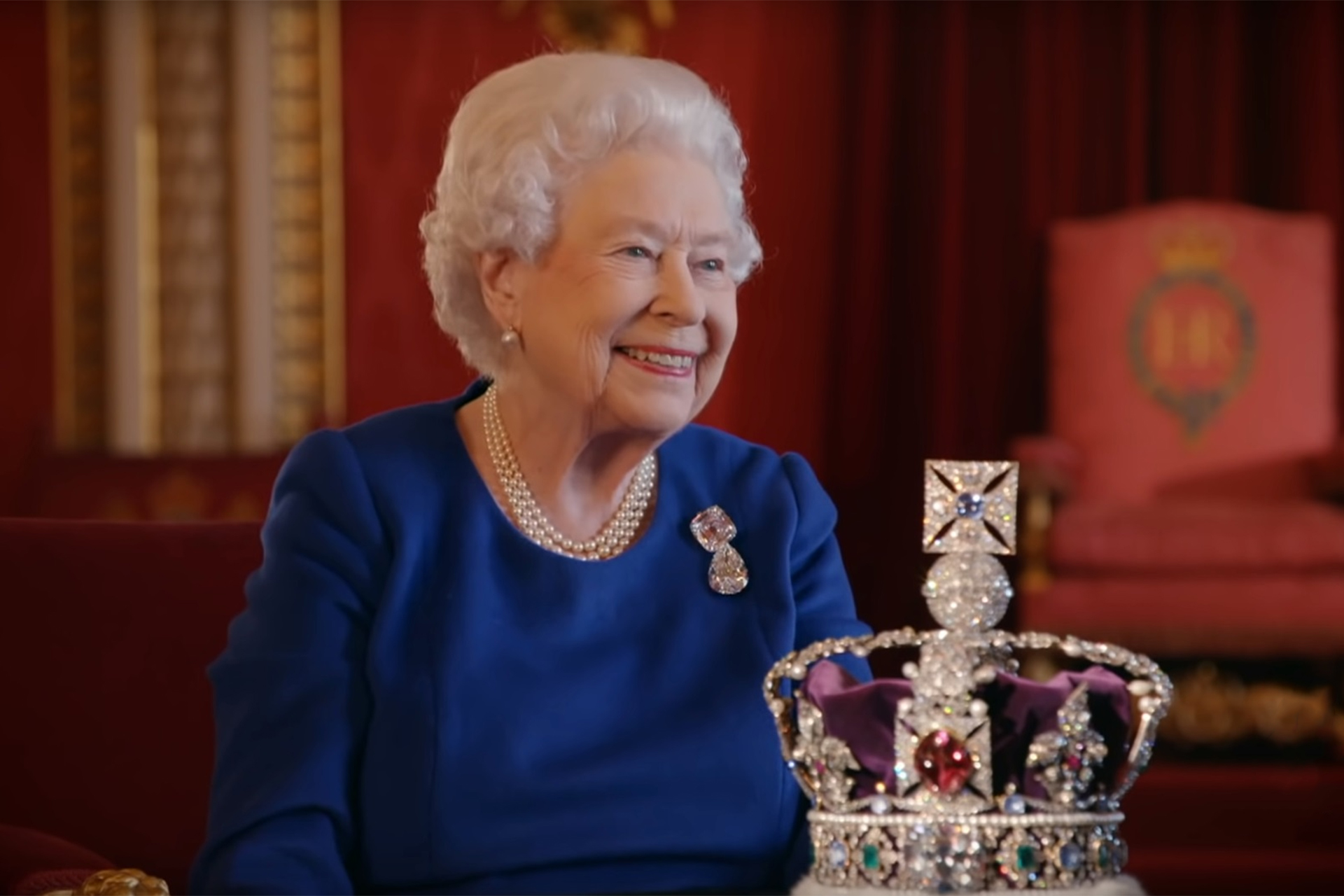The late Queen Elizabeth II celebrated in February 2022, the anniversary of her seven decades on the throne in the United Kingdom, and as Head of the Commonwealth of Nations and England, to be the longest living ruler in history.
It was then that Elizabeth II became the longest-reigning ruler in the history of the United Kingdom of Britain, when the reign of Queen Victoria, her great-grandmother, who acceded to the throne in 1837 at the age of 81 years.
Queen Victoria reigned for 63 years and 216 full days, until January 22, 1901, when she died at the age of 81.
But who are the longest-reigning queens in history throughout history?
Elizabeth II..the undisputed first queen
The late Queen Elizabeth II is the second longest-reigning monarch in the world, and the first for female rulers.
The Queen took the throne on February 6, 1952, and ruled the kingdom for about 71 years, specifically more than 70 and 127 days.
Victoria Queen of the Earth on which the sun never sets
Victoria was one of the longest-reigning kings and queens in the history of England and the world;
She ruled for nearly 64 years.
Thus, her term became longer than any king or queen in Britain before her, until her granddaughter Elizabeth II broke her record since 2015 as the longest ruler in the country's history.
After a long and eventful life, Queen Victoria died in Osborne in January 1901 at the age of 81.
She is buried next to her husband, Albert, at Frogmore Mausoleum, near Windsor Castle.
Although Victoria was a woman in her country's patriarchal history, she made a huge impact, and her legacy has continued throughout the history of the United Kingdom, becoming a symbol of one of the most important eras in English history.
At that time, the empire controlled South Africa, Australia, Jamaica, India, and more.
According to the "British Heritage" website for history and documentation, historians around the world called the "Kingdom on which the sun never sets" a designation for the British Empire during its reign, due to the different time zones over which it imposed its control.
Wilhelmina I, the wise Queen of the Netherlands
Wilhelmina ruled the Kingdom of the Netherlands for 57 years after being crowned at the age of ten, following the untimely death of her father, in 1890.
During these early years of her tenure, due to her young age, her mother ruled as temporary regent over her, until Wilhelmina took full charge in 1898, at the age of 18.
Throughout her reign, she was popular with the Dutch people, particularly for maintaining the neutrality of the Netherlands during World War I, which ran from 1914 to 1918.
Also during World War II, after Germany invaded the Netherlands in 1940, Queen Wilhelmina fled to England.
There she broadcast continuous letters from there to the Dutch, urging them to remain strong in the face of German occupation and to maintain their faith in the coming liberation of the kingdom.
Then when she returned after the end of the German occupation in 1945, people welcomed her return and appreciated her rationality.
Her reign as queen spanned for nearly 58 years in total, until her abdication of the throne to her daughter due to illness, in 1948.
Maria Theresa, Archduchess of Austria and Queen of Hungary
Maria Theresa, Archduchess of Austria, the Roman Empire, and Queen of Hungary and Bohemia began her reign in 1740. She was the only female ruler in the more than 630-year history of the Habsburg dynasty, and their tenure ended in 1918.
Maria Theresa was also one of the most successful Habsburg rulers, both male and female, and gave birth to 16 children between 1738 and 1756.
The Empress ruled for a long period of 40 years until her death on November 29, 1780.
Some historians describe Maria Theresa as the savior of the Habsburg dynasty, who protected her state from partition as the first woman to rule the kingdom.
It strengthened its efforts to transform its empire into a modern state, according to the Encyclopedia Britannica.
Catherine II, the ruler of Russia, with a coup d'état against her husband
Catherine II, also known as Catherine the Great, was Empress of Russia who ruled from 1762 to 1796, that is, for more than 34 years, the longest reign of any Russian woman in the history of the Cold Kingdom.
Her period was known more about the details of her private life than the affairs of her state administration, yet she greatly expanded her empire.
But her achievements are often overshadowed by legends and rumors about her scandalous love life.
Catherine the Great, whose real name was Sophie von Zerbst, was born in 1729, the daughter of a Prussian prince.
In her teenage years, she married a prince who would later become Emperor Peter III.
It was then that she took the name Catherine, or Ekaterina Alekseevna in Russian.
Her husband was considered by some to be incompetent, and just 6 months after assuming the throne, Catherine overthrew him in a coup d'état with the help of Gregory Orlov, a military officer with whom she had an affair.
Indeed, her husband was captured and later killed, securing her position on the throne.
Some consider Catherine a socially enlightened ruler.
She exchanged correspondence with the French philosopher Voltaire.
She was a patron of the arts.
During her reign, the Russian Hermitage Museum was opened, which was initially part of her personal collection.
In its period, the Russians adopted the philosophies and culture of Western Europe after it was a closed empire.

